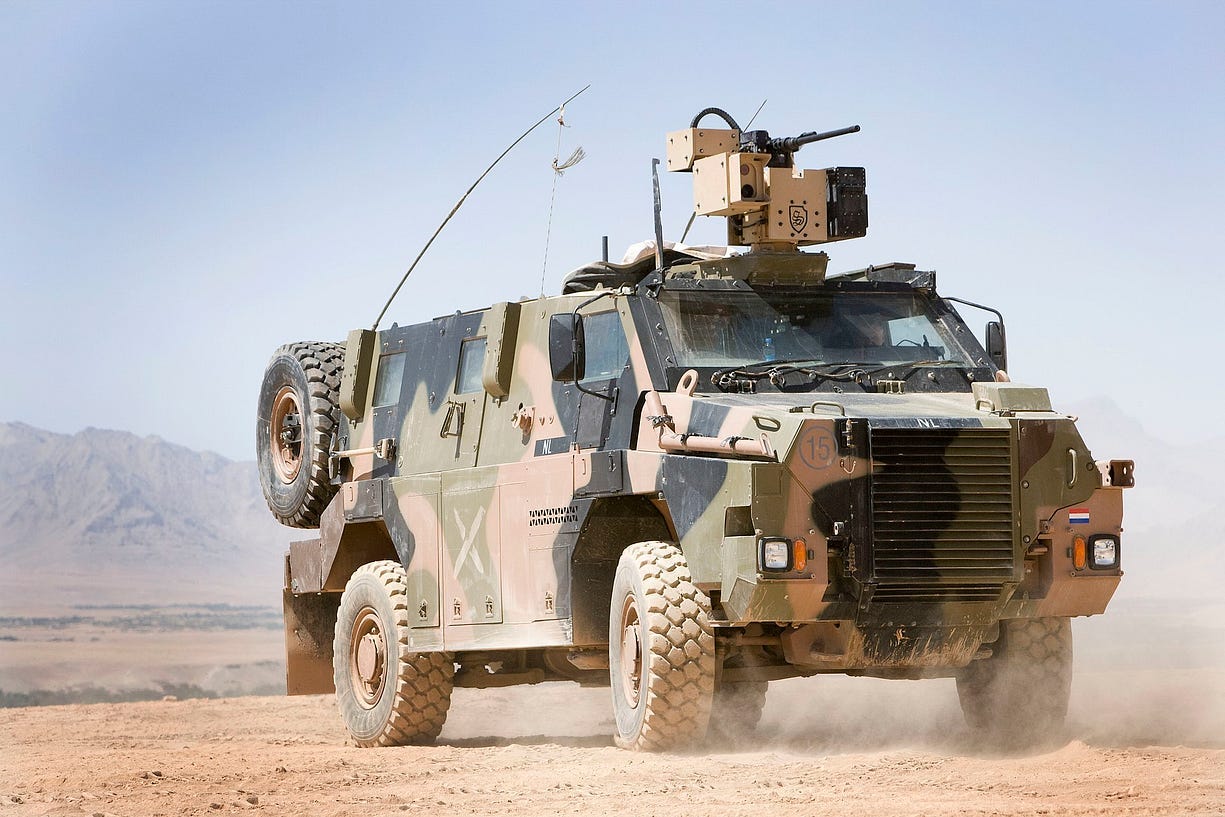Australian Bushmaster APCs Are Beloved by Ukrainian Troops

Debbie, an Australian Bushmaster Protected Mobility Vehicle, (technically called Echo 21 Alpha), earned her stripes in Afghanistan back in July 2012, when she hit an IED (Improvised Explosive…
Keep reading with a 7-day free trial
Subscribe to Eyes Only with Wes O'Donnell to keep reading this post and get 7 days of free access to the full post archives.


